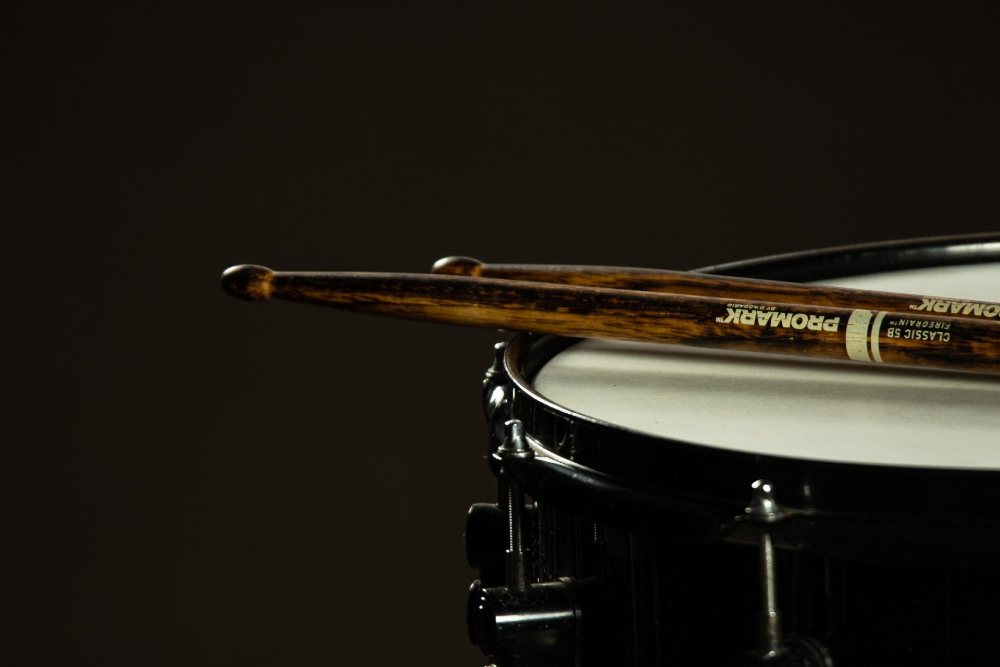
Since there are numerous activities in the realm of music creation where applying AI could be beneficial, Sony aims to build AI applications that could simplify the lives of music producers. One such tiresome chore is choosing a drum sample. It is the technique by which music producers look for drum samples that would complement particular drumless music tracks. Finding appropriate drum samples might take a lot of time and effort because these drum sample libraries are frequently enormous. There are currently very few simple computational tools available to music producers to help them select percussion samples. The available ones mainly involve using tags or keywords to filter big datasets.
“Our music team at Sony CSL is working on AI that could make the life of music producers easier,” Stefan Lattner, one of the researchers who carried out the study, told TechXplore. “In music production, there are many tasks for which AI could be valuable. One such task that is currently relatively tedious is drum sample selection.”
A large dataset of 4,830 electronic music songs and 885 well-known pop/rock tracks was used to train SampleMatch. Although there are currently systems that use extracted musical features to match audio samples, the quality of their retrieval depends on the predefined features and the type of samples. When computing a matching score for drum samples, it is unclear which features to include. SampleMatch could be applied to different types of audio matching even though it was developed to discover which percussion samples matched a specific track. The model could be trained to extract complementary bass, guitar, or other instrumental sounds using various training sample pairings.
“I found that the system I previously created was not very elegant, so I didn’t publish it,” Lattner explained. “With the recent advances in contrastive learning (and improvements in neural network encoders), it has become much easier to estimate if two data points fit together. As a result, the system became more general, and my method could be used to estimate the fit of many kinds of sounds.”
Sony CSL intends to extend the audio retrieval model in the future in order to help music producers find appropriate drum samples or other instrumental samples for their compositions. Additionally, a thorough examination of how the system came to organize the data could aid in developing fresh hypotheses that could direct music production activities. In more detail, the researchers’ ability to reverse-engineer the system may enable them to specify a few general guidelines that musicians should adhere to while blending their music. The team wants to use this technique in conjunction with Sony’s DrumGAN technology to produce drum samples that precisely complement a specific tune.
- Sentiment Analysis: The Human Side of AI - May 8, 2024
- Silver Doors: Innovation Markers that Create Generational Wealth and Opportunity - January 5, 2024
- T²xT²: ChumAlum² - November 23, 2023









